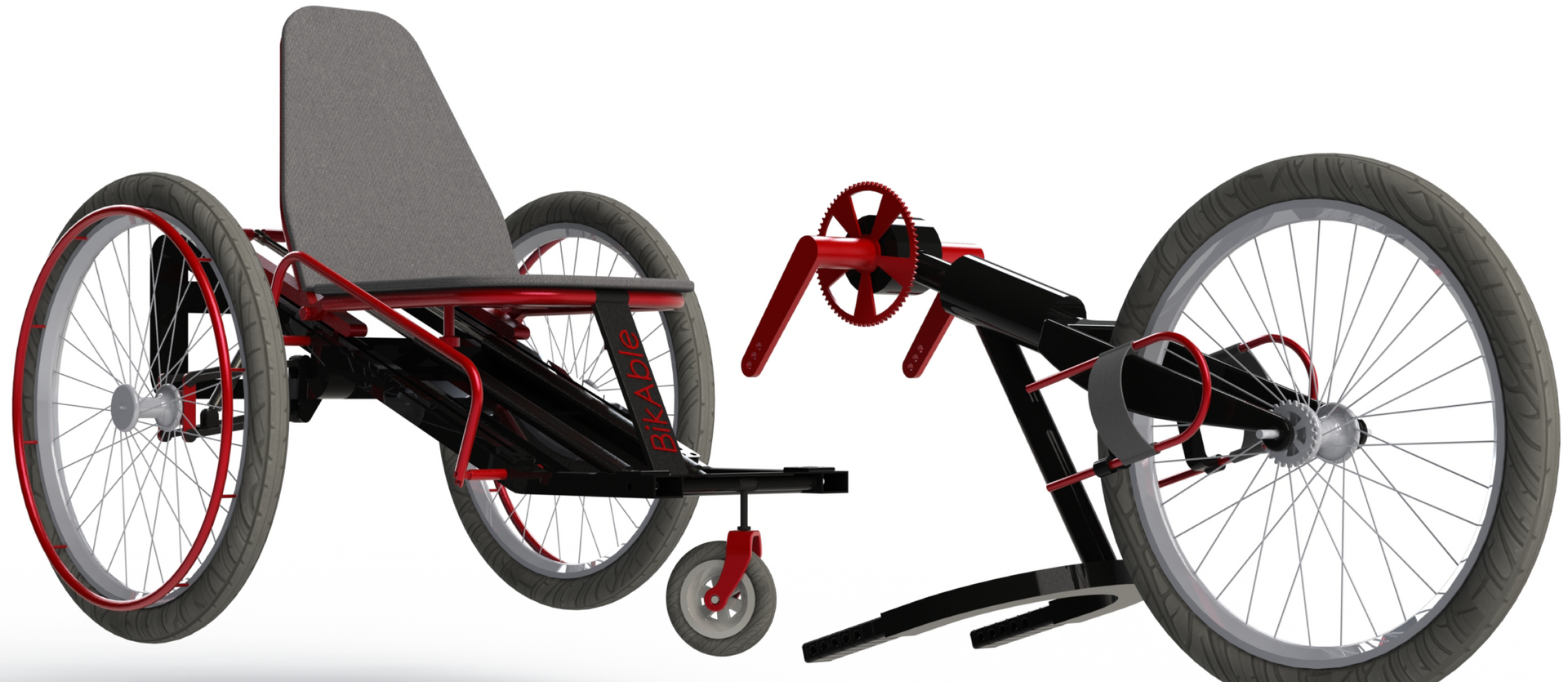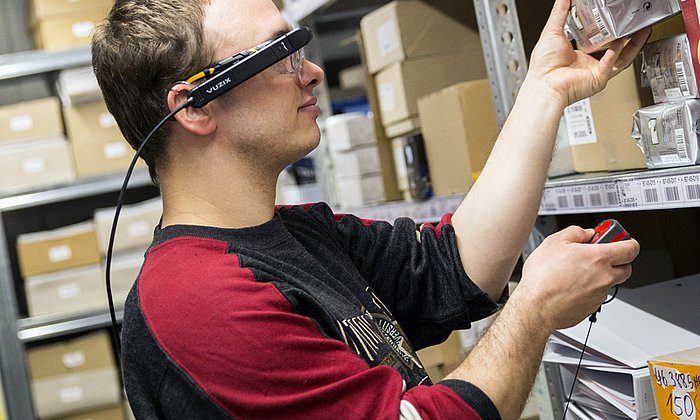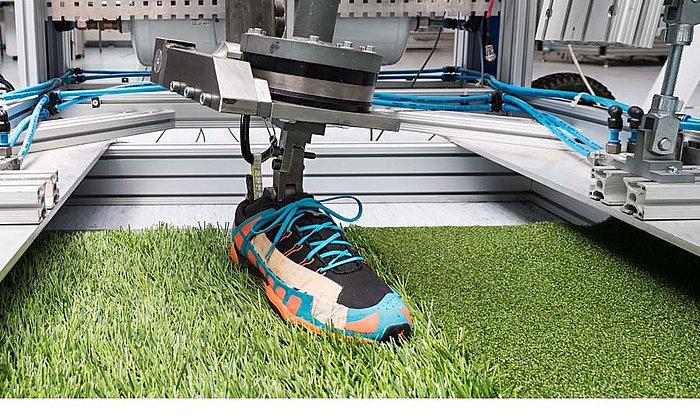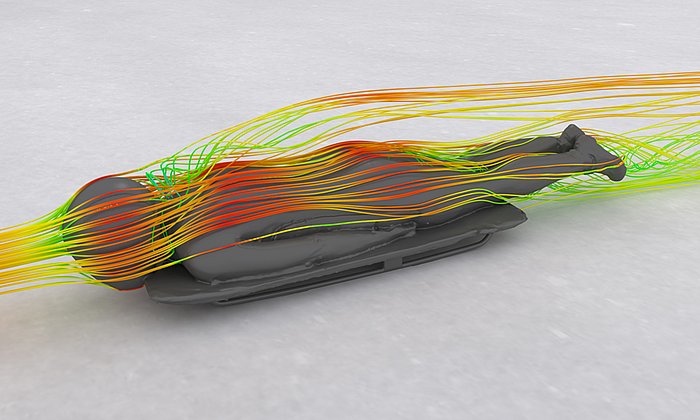TUM researchers develop hybrid handbike for the disabled
Hybrid bike increases autonomy

"To me handbiking means both free time and freedom," says Anna Schaffelhuber, seven-time Paralympics monoskiing victor, adding that the handbike also represents nature to her: "I can take the handbike into the mountains." The exceptional athlete, who has even traversed the Alps by handbike, was thus the first person engineer Emil Wörgötter thought to contact: His Master's thesis at TUM deals with improving this piece of athletic equipment for people with disabilities.
Currently existing systems have their disadvantages: They work well as long as the driver sits in them: It's not possible to dismount. A rider in the midst of a tour doesn't bring along a separate wheelchair and therefore has to depend on outside help when it comes to taking a break for a restroom visit or stopping to buy some refreshments. "The ideal piece of sports equipment for those with walking disabilities, uniting freedom of movement and autonomy, would be a handbike with an integrated wheelchair function," says Wörgötter. But there is as yet no such hybrid bike on the market.
Converted in no time at all
At least not yet. The engineer and sports scientist has now developed a concept for a wheelchair-handbike: At first glance, the "BikAble" looks like a conventional handbike, but it can be converted into a wheelchair with just a few movements which the user can complete without any outside assistance. A third support wheel, which is located in front of the two rear wheels of the handbike, can be folded out when sitting.
Then the front wheel with the drive crank can be removed and a pneumatic spring raises the seat to the everyday upright position. The three-wheeled wheelchair lets the rider move independently and for example enter a mountain cabin or a supermarket. And when the break is over, the forward structure can be reattached to the wheelchair unit, the support wheel is retracted, the seat drops back to the reclining position and away they journey continues.
Ergonomics and design
"Ergonomic concerns were the overriding factor in the design," Wörgötter says. The BikAble is designed to be operated by those with walking disabilities without outside assistance. The positions of the seat, backrest and footrests can be adjusted to various proportions. And the pneumatic springs can be individually adjusted, while the wheelchair, when detached, is configured so that it can maneuver in buildings and pass through doors.
At the same time the construction is very stable and flexible: A low center of gravity keeps the bike from tipping over, regardless of whether a hobby user drives over a curb or a competitive athlete takes it over rugged terrain. And an electric drive can also be built in for extra support. "E-mobility not only increases the possible range, it also facilitates inclusion," Wörgötter points out. "Moving long distances with arm power only is enormously exhausting. If a handbike rider wants to take a trip with friends riding conventional bicycles, a motor can make things much easier."
An opportunity for research
The BikAble concept and CAD design are finished; the next step is the construction of a prototype. The young researcher is currently talking to a number of different manufacturers. "The implementation of the concept would give those with walking disabilities the opportunity to be independently mobile while exercising their coronary and circulatory systems. An ideal combination," says Veit Senner, Professor for Sport Equipment and Sport Materials and Wörgötter's Master's thesis advisor. In his opinion the reason that this kind of hybrid bike for wheelchair users wasn't developed long ago is that creation of sports equipment for those with physical disabilities has long been neglected: "We still have an enormous amount of catching up to do here."
Senner also points out that this is an opportunity for research: "When developing new concepts – and the BikAble is a good example – we have the opportunity to work on an interdisciplinary basis and take material science, biomechanics, physiology and psychological aspects into account on an equal footing."
Technical University of Munich
Corporate Communications Center
- S. Reiffert
- stefanie.reiffert@tum.de
- presse@tum.de
- Teamwebsite
Contacts to this article:
Prof. Dr.-Ing. Veit Senner
Technical University of Munich
Professorship for Sport Equipment and Sport Materials
+49 (0)89 289-15366 (office)
senner@tum.de
![[Translate to en:] Prof. Wackerhage in seinem Labor. [Translate to en:] Prof. Dr. Henning Wackerhage in seinem Labor.](/fileadmin/_processed_/4/0/csm_200525_Wackerhage_AH_598887_2100_f1089e709e.jpg)


